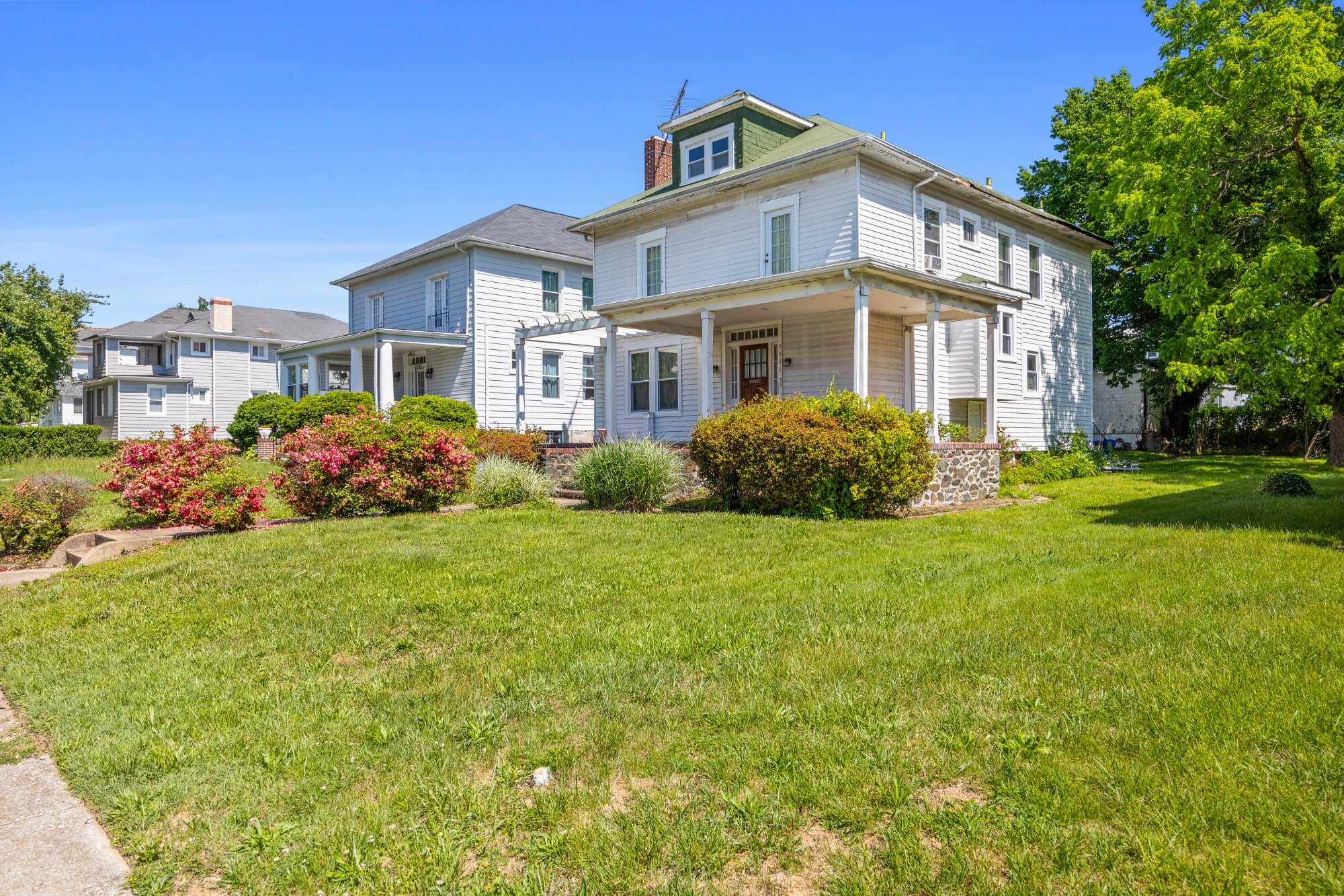

The Liberty Heights Corridor is comprised of residential neighborhoods with mature trees, well-spaced homes, in a strategic location. There are fourteen neighborhood association stakeholders although eight touch the corridor. Ashburton, Callaway-Garrison, Dorchester, Forest Park, Hanlon-Longwood, Garwyn Oaks, Howard Park, West Forest Park (WWFFBOC), Forest Park Golf Course, Hillsdale Heights, and Central Forest Park are designated Healthy Neighborhoods. Bounded by Northern Parkway to the northwest, Wabash Avenue to the northeast, Dukeland to the east, Gwynns Falls Parkway to the south, and Baltimore County to the west. This corridor boasts excellent access to transportation via vehicular or public transit. There are three major transit stations within two miles of the corridor: Mondawmin Metro Station, West Coldspring Metro Station, and Rogers Avenue Metro Station. The Liberty Heights Corridor has immediate access to I-695, I-70, and I-83. There are three large parks, each serving a different function. Hanlon Park is the showcase park, with beautiful views of Lake Ashburton and downtown with family recreation and sport amenities. Forest Park Golf Course serves as adult recreation and Powder Mill Park serves as a forested buffer between the neighborhood of Grove Park and Northern Parkway. The corridor is also in close proximity to Baltimore’s two largest parks: Druid Park and Gwynns Falls Leakin Park featuring the Jones Falls Trail.
 Approximately, 11,000 households live in what is generally known as a bedroom community. Although located in Baltimore City and in proximity to amenities, such as transit and downtown, the area has many typically suburban features, including the access to green space and large, detached homes ranging from large Victorian homes to modest bungalows. A white community, then Jewish, turned predominately black by the 1960s. An African American middle-class neighborhood. Home to many prominent mayors, senators, delegates, political families, city council members and city agency employees.
Approximately, 11,000 households live in what is generally known as a bedroom community. Although located in Baltimore City and in proximity to amenities, such as transit and downtown, the area has many typically suburban features, including the access to green space and large, detached homes ranging from large Victorian homes to modest bungalows. A white community, then Jewish, turned predominately black by the 1960s. An African American middle-class neighborhood. Home to many prominent mayors, senators, delegates, political families, city council members and city agency employees.
After years of disinvestment, this area is poised to experience growth in community development and reinvestment which provides the opportunity to attract residents, remove barriers from achieving homeownership and revitalize neighborhoods. Construction of two state of the art 21st Century Schools: Calvin Rodwell Elementary/Middle School and Forest Park Senior High School provide new learning resources, spaces, and technology for students. Over $7.4M in City capital was earmarked for the renovation and modernization of the Forest Park branch of the Enoch Pratt Free Library. The City of Baltimore Middle Neighborhood Strategy brought over $9M in capital resources to five sets of neighborhoods which includes the Liberty corridor. The redevelopment of Hanlon Park and the Ambassador Theater after years of disinvestment will poise the area for growth well into the 21st century.
Healthy Neighborhoods is partnered with GO Northwest Housing Resource Center.
Learn more about Liberty Heights:
Liberty Heights Neighborhoods
Homes on target blocks are eligible for Purchase & Rehab and Refinance & Rehab loans. Target blocks are the strongest blocks in the neighborhoods. They have high levels of homeownership and engaged residents, enabling Healthy Neighborhoods to have a significant impact by helping to build the real estate market and strengthen social connections.
If a neighborhood does not have target blocks listed, the Healthy Neighborhoods loan products can be used in the entire neighborhood.
Ashburton
Callaway-Garrison
Central Forest Park
Concerned Citizens of Forest Park
Dorchester
Forest Park
Hanlon-Longwood
- Alto Road: 3300 & 3400 blocks
- Bateman Avenue: 3300 & 3400 blocks
- Carlisle Avenue: 3200 through 3400 blocks
- Duvall Avenue: 3400 block
- Gwynns Falls Parkway: 3000 through 3400 block
- Longwood Street: 2400 through 2700 blocks
- Mondawmin Avenue: 3000 through 3400 blocks
- Piedmont Avenue: 3100 through 3400 blocks
- Powhattan Avenue: 3200 block
- Vickers Road: 3200 block

